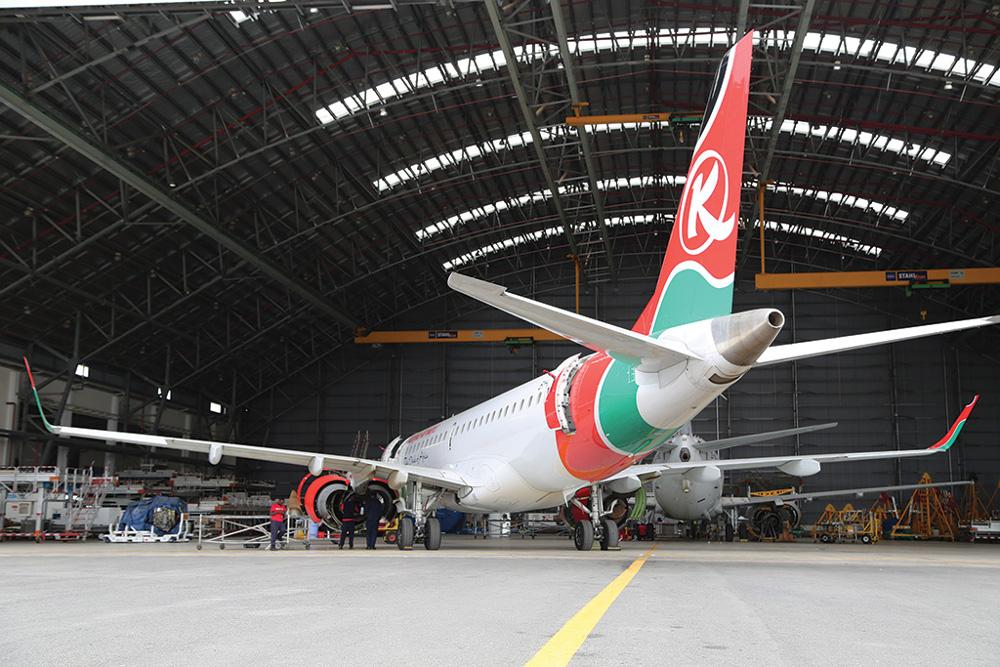
Engine maintenance is a costly business, so much so that struggling Kenya Airways has been forced to tap state coffers to fund scheduled overhauls for the CF34-10 engines powering its Embraer 190 aircraft.
The flag carrier has agreed a KSH5 billion ($49 million) loan to help pay for the scheduled eight-year shop visits of 11 engines.
“I would like to thank the Government of Kenya for making these funds available to us,” said Kenya Airways chairman Michael Joseph.
“As an airline, we need to be efficient across our operations but more importantly across our fleet. The Embraer fleet is our largest and is the network’s workhorse.”
Joseph added that the carrier would undertake refurbishment work on its two Boeing 737-700s.
However, the fact that is struggling to fund even routine maintenance bodes ill for a carrier that last turned a profit in 2012.
Kenya Airways has been in restructuring mode since 2017, although frustrated with the progress of that, and with mounting debts that had reached $2 billion, Kenya’s government opted to nationalize the airline last year.
The Aviation Week Fleet & Data Services 2020 Forecast predicts that the CF34 maintenance market will rise from $1.7 billion in 2020 – roughly the same as that for the 787’s GEnx engine in that year – to a peak of just over $2 billion in 2023, ending up at $1.4 billion in 2029, when the number of units in service will have fallen from about 5,900 a decade earlier to roughly 4,800.
Aviation Week recently reported on a high-pressure turbine durability upgrade from GE for CF34-8 engines, one designed to bring the total cost of ownership “in line with customer expectations”.
